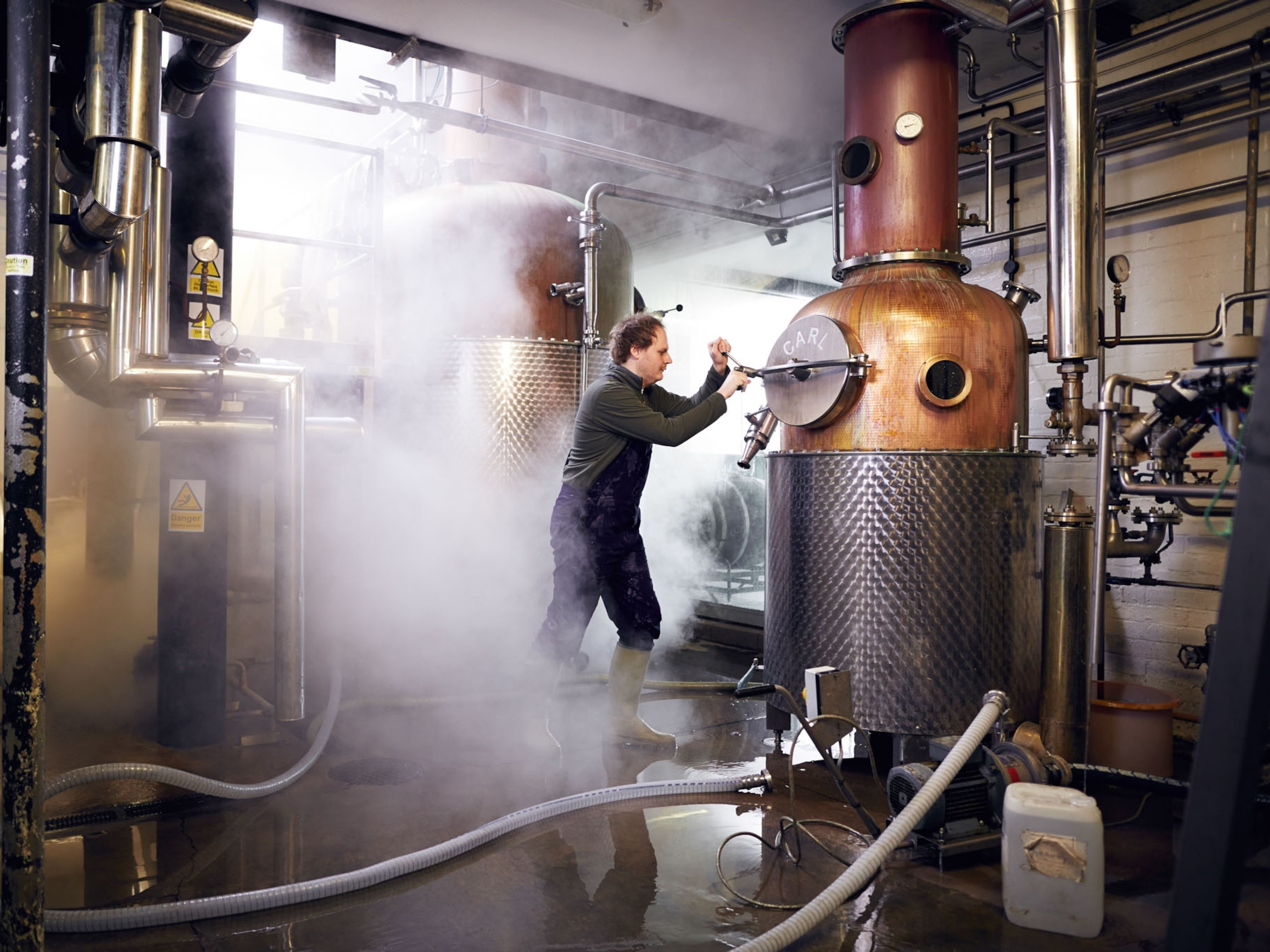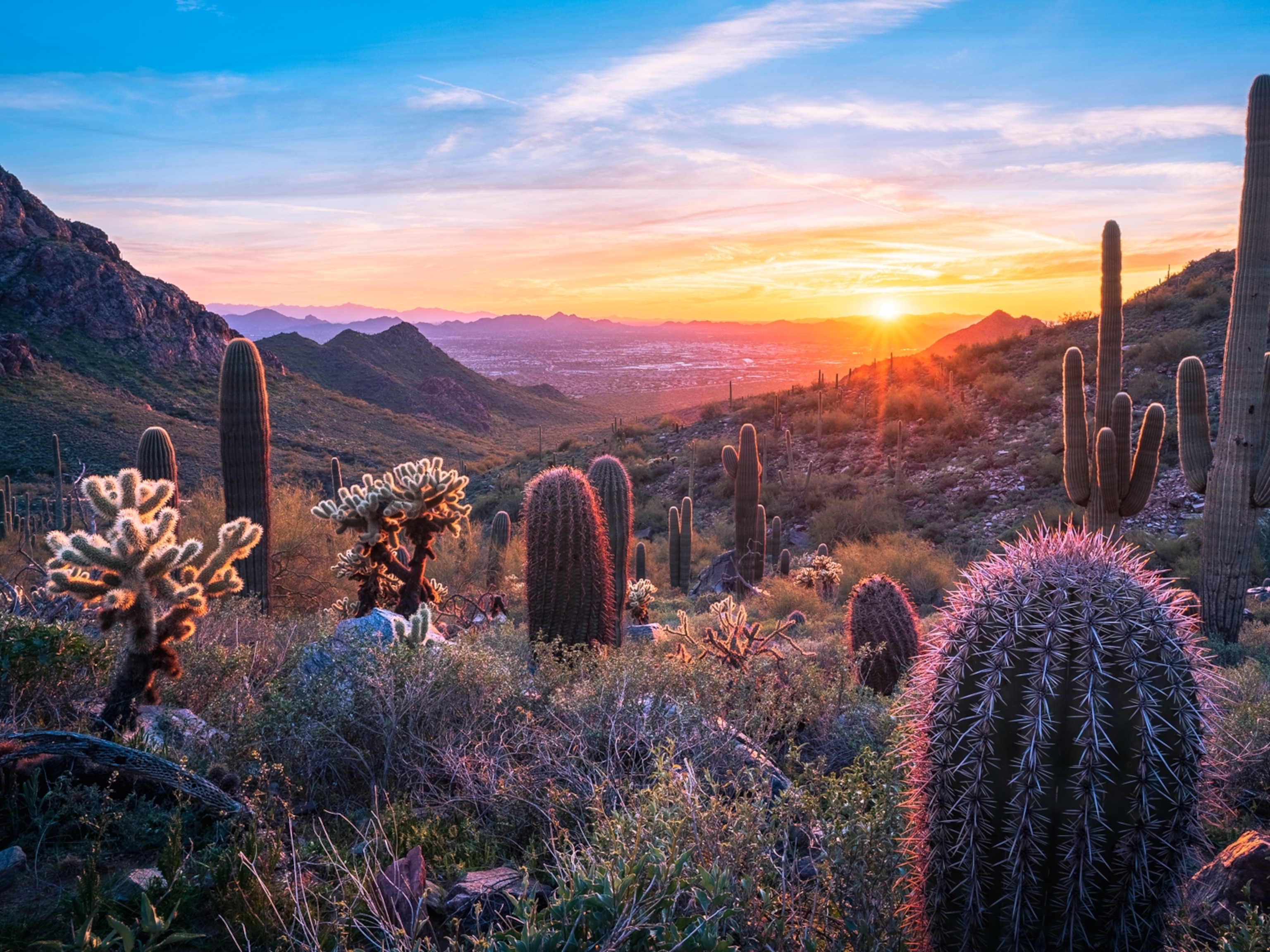
Discover the Best of Charlotte
Ten can't-miss picks in Queen City.
Wildlife
The Carolina Raptor Center, on the outskirts of Charlotte, is home to nearly 100 eagles, hawks, owls, falcons, vultures, and corvids. The facility not only educates the general public about the importance of the birds and surrounding ecosystems, it serves as the largest raptor medical center in the United States, rescuing and rehabilitating injured and orphaned wild birds of prey.
Cultural Site
From classic paintings to series on jazz and Black cinema, the Harvey B. Gantt Center for African-American Arts + Culture—named for the city's first African-American mayor and located in what was once the heart of the local black community—is dedicated to preserving and celebrating the art, history, and culture of African-Americans and those of African descent.
Best Day Trip
Two hours west of Charlotte, deep in the Blue Ridge Mountains, sits Asheville, a city that's both idyllic and cosmopolitan. It's been referred to as the "Paris of the South," in part, because it is home to George Vanderbilt's French Renaissance-style mansion Biltmore Estate, but also because of the city's proliferation of cafes, art galleries, and tree-lined squares.
Off the Beaten Path
Go beyond the well-trodden NASCAR Hall of Fame and, instead, explore stock car racing through one of the behind-the-scenes tours at the Charlotte Motor Speedway, including a breathtaking ride through two infield race tracks.
Most Iconic Place
Metalmorphosis—a 14-ton mirrored sculpture by Czech sculptor David Cerný, featuring a 25-foot tall head that twists and pulls apart—is one of the city's most recognizable works of public art. Resting in a reflective pool in Whitehall Technology Park, the sculpture features over 40 segments that rotate independently into shimmering abstract works before slowly reconfiguring into a human visage.
Late Night
North Davidson, once known for textile manufacturing, is now celebrated as NoDa—the heart of the city's art scene, featuring independent shops, galleries, tattoo parlors, craft breweries, and an array of restaurants and bars. It's also home to the Neighborhood Theater, where you can catch a variety of performances from the Grammy-award winning Carolina Chocolate Drops to the one-man guitar band, Andy McKee.
Historic Site
In the late 1700s, a 17-pound "rock," found about 25-miles east of the village of Charlotte, was identified as gold and set off the United States' first gold rush. Charlotte became the center of gold production, inspiring the U.S. Treasury to, in 1835, open a branch mint specializing in gold coinage. The neoclassical building was completed in 1837. A century later, the structure was acquired by private citizens, relocated south of downtown, and became the first art museum in North Carolina (known today as the Mint Museum Randolph). To pan for gold and learn more about the history of gold in the state, visitors can head to the Reed Gold Mine in Cabarrus County, identified as one of 27 Historic Sites of North Carolina.
Neighborhood to Explore
Plaza-Midwood, long considered NoDa's quirky cousin, boasts some of the city's finest examples of American Craftsman style architecture, a community garden, and a plethora of low-key retail outlets ranging from consignment shops to dive bars.
- National Geographic Expeditions
People-Watching Spot
Romare Bearden Park, a 5.4-acre public park in Uptown, is Charlotte's equivalent of Central Park—the ideal place to observe a wide range of people, have a picnic, take in a stroll, listen to an outdoor concert, or enjoy views of the skyline.
Go Deep on Southern Culture
The life-size installations created by the Latibah Collard Green Museum highlight the history and culture of African Americans living in the South, offering unflinching looks at life before, during, and after slavery.




